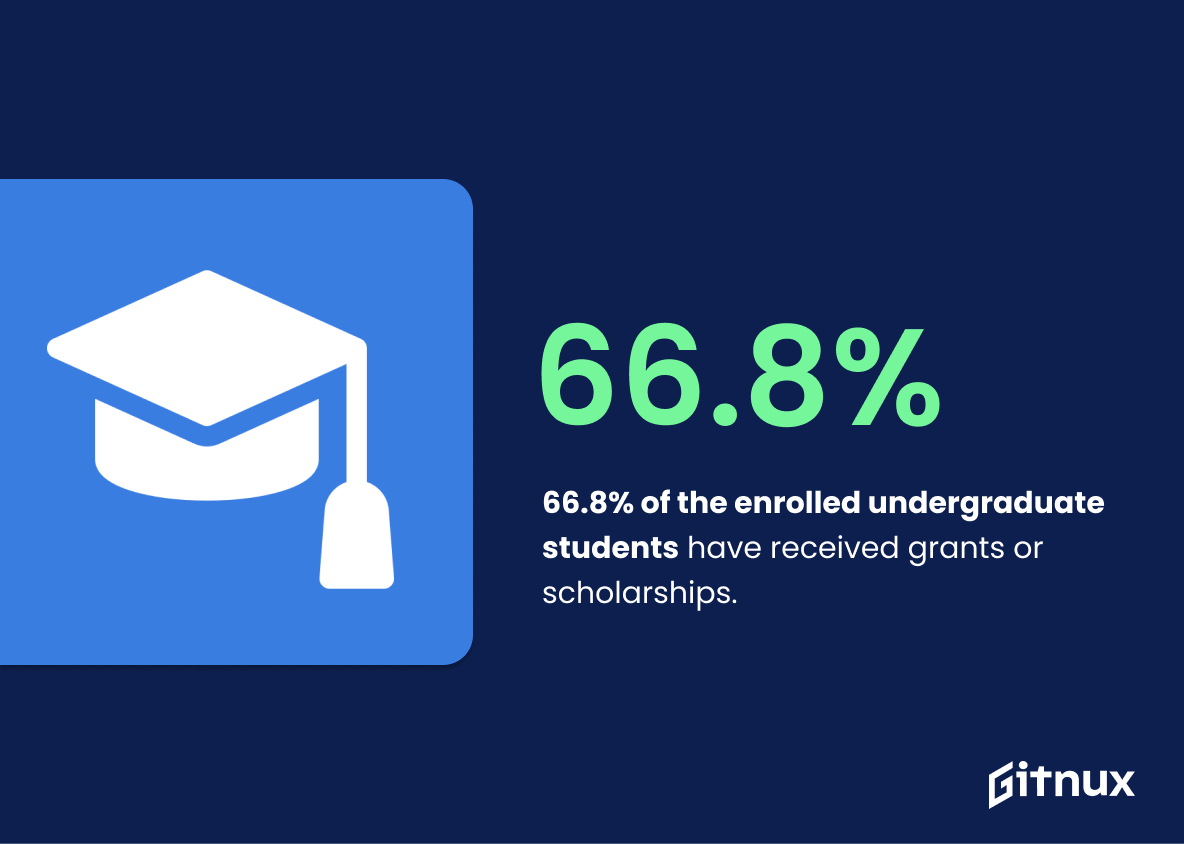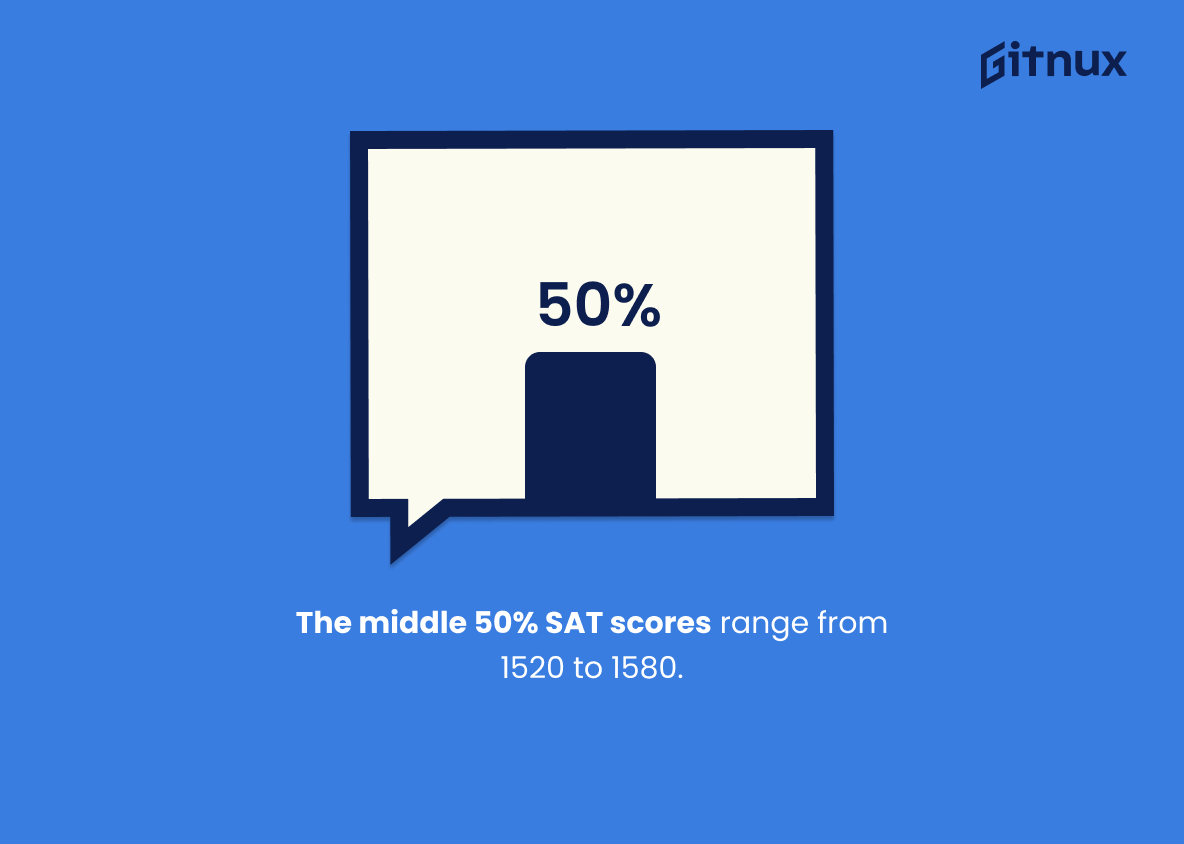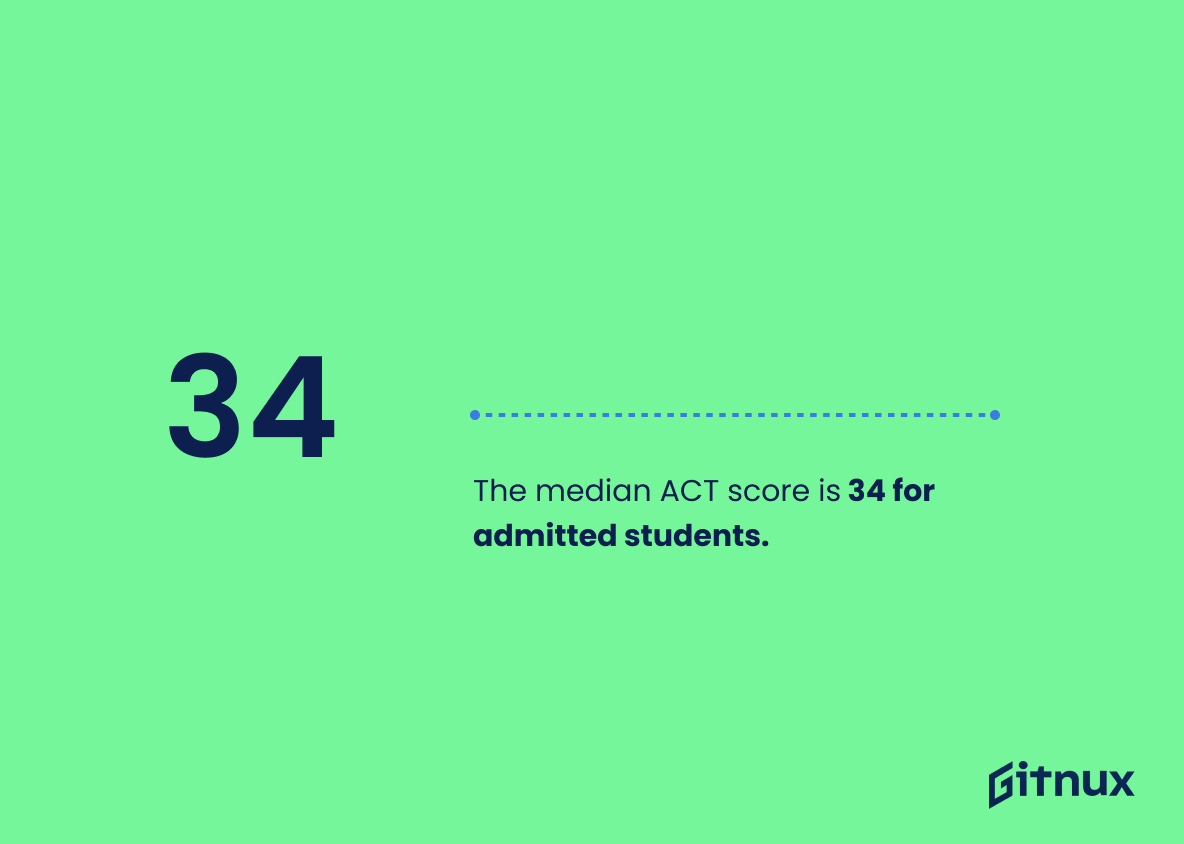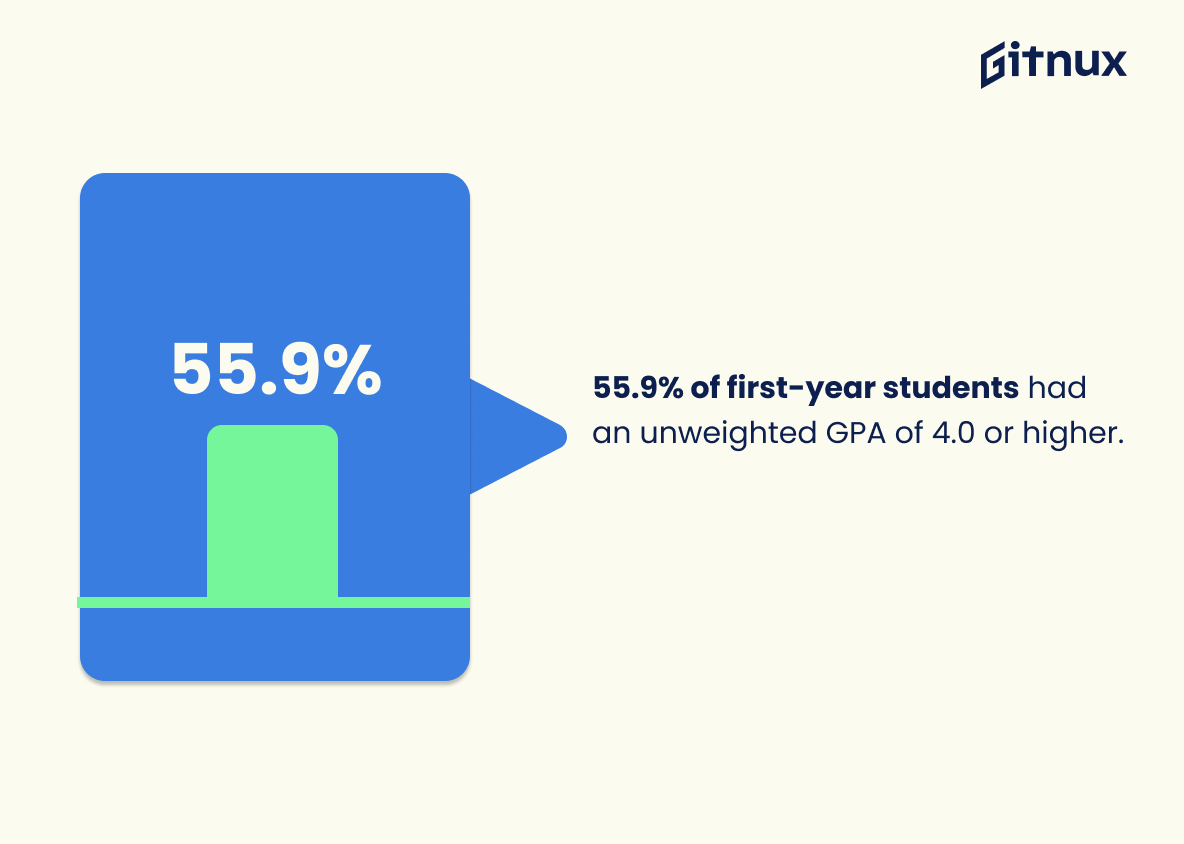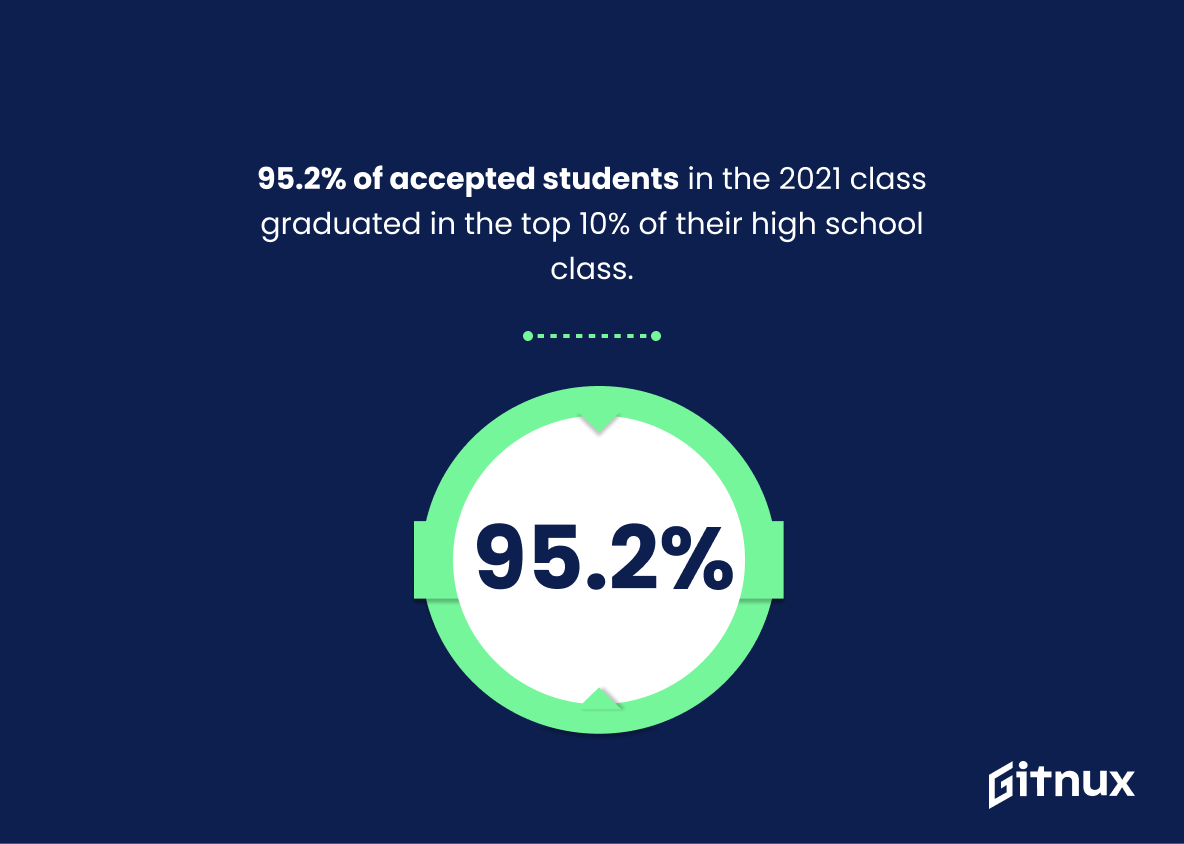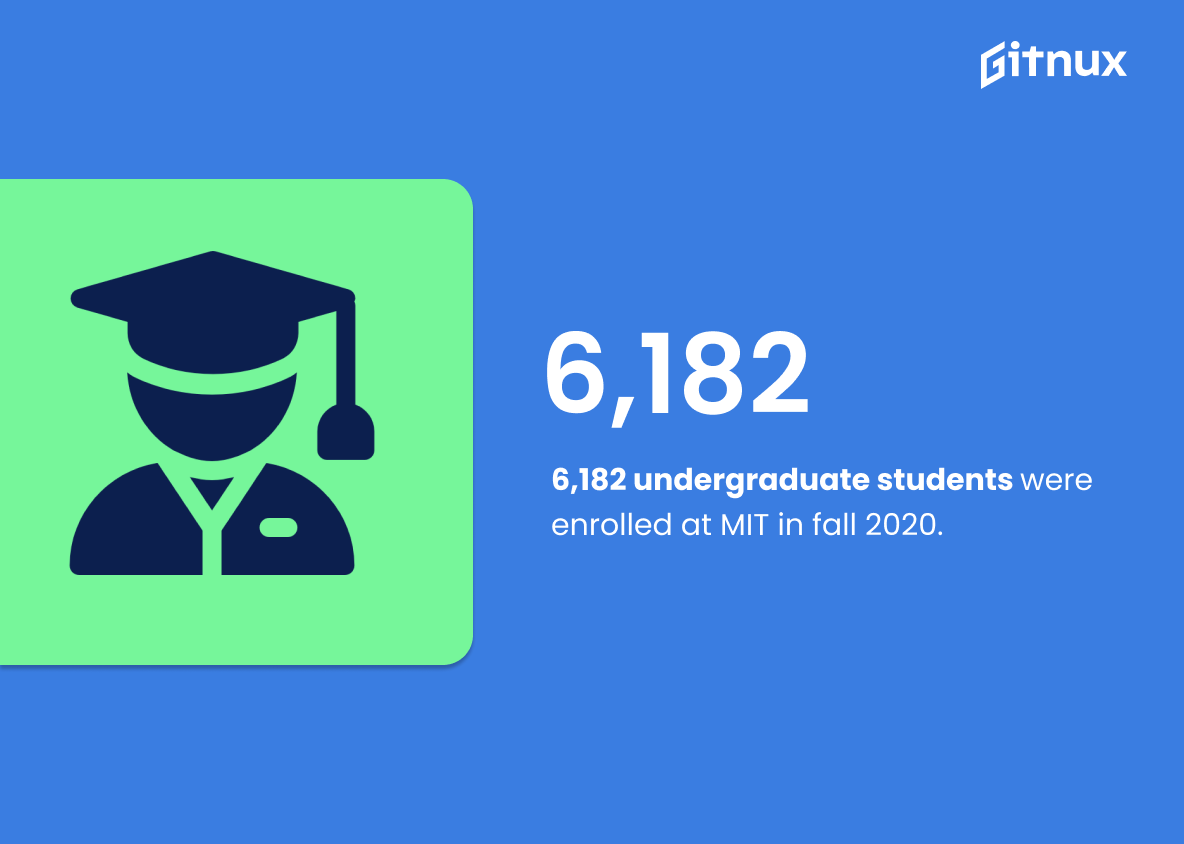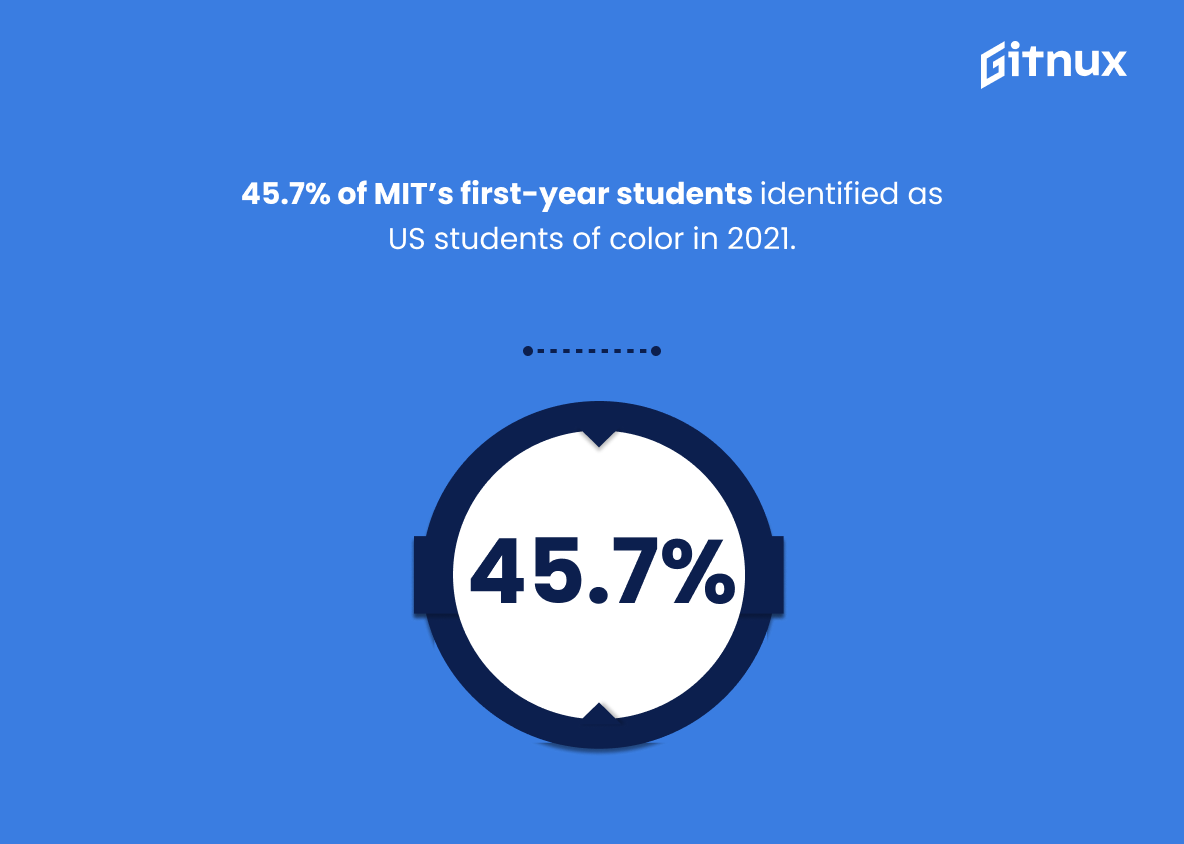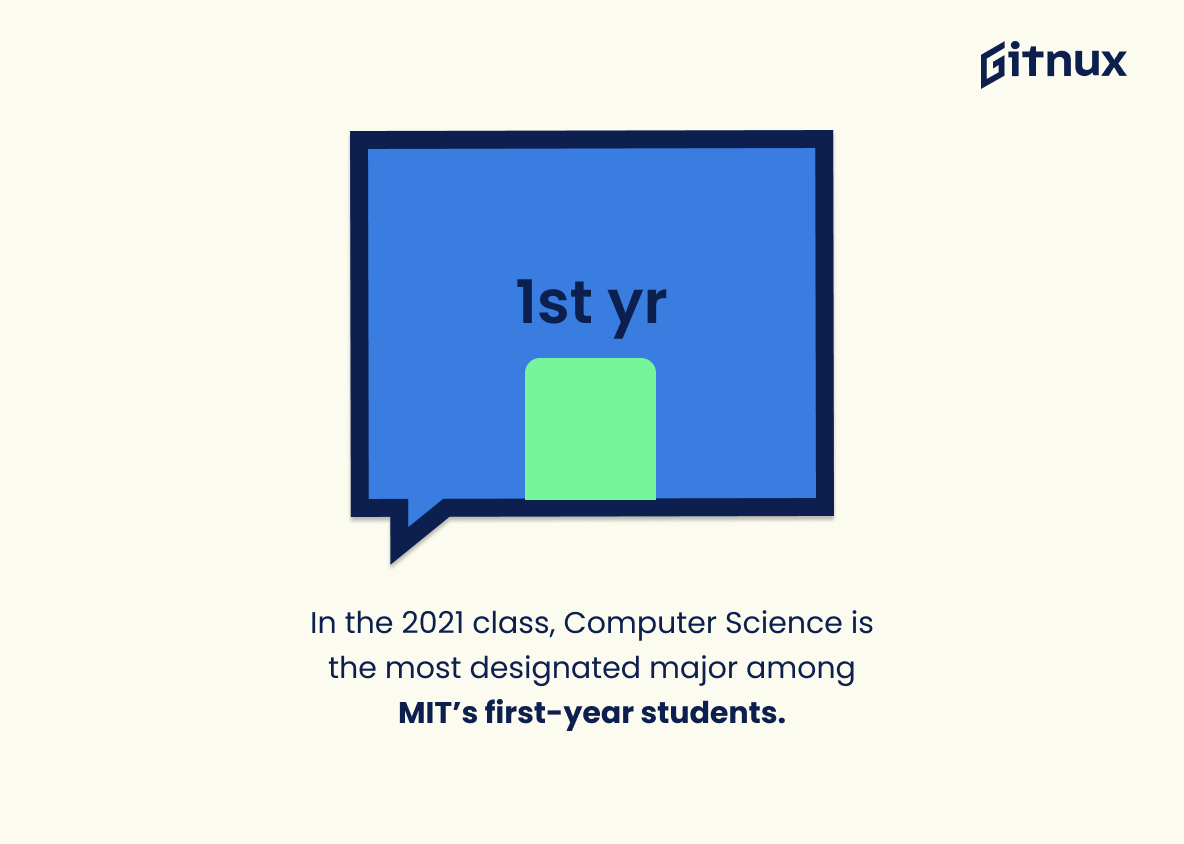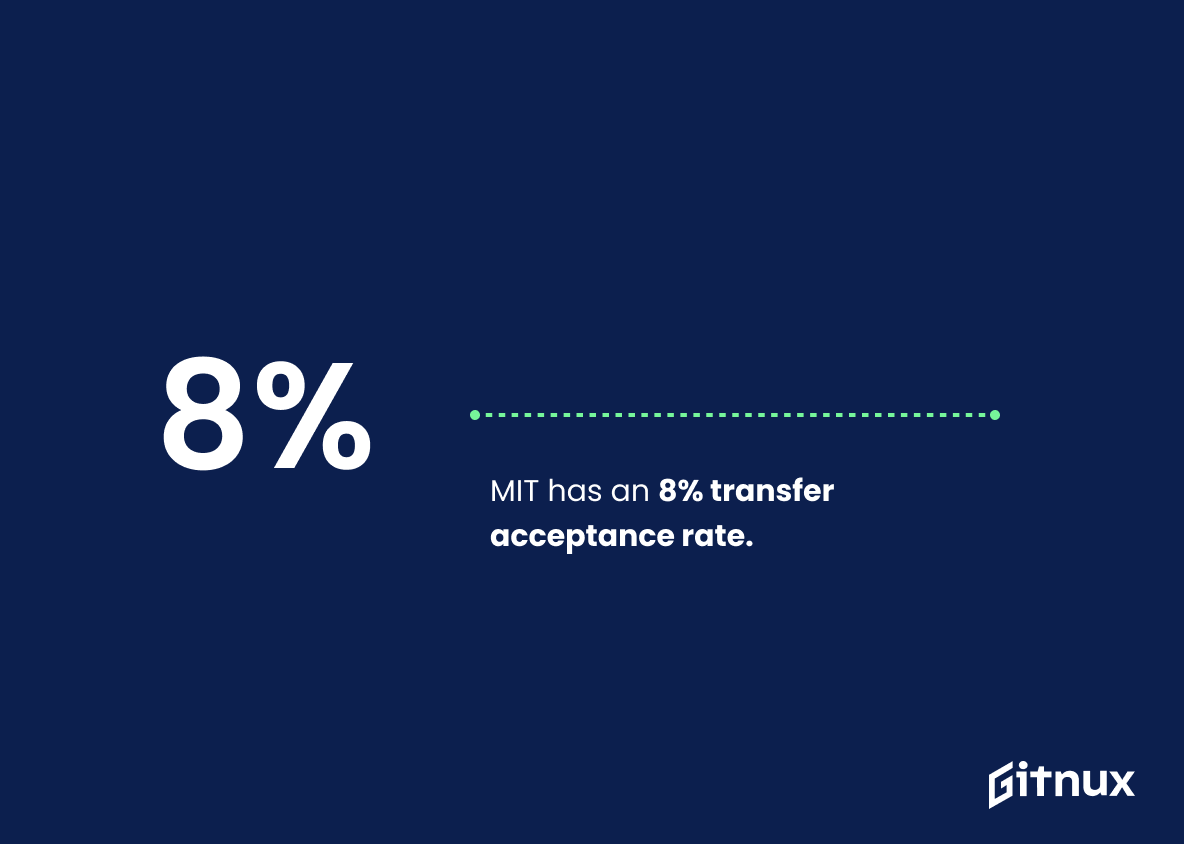The Massachusetts Institute of Technology (MIT) is one of the most prestigious universities in the world. It has a long history and an impressive list of alumni, including Nobel Prize winners, astronauts, inventors, entrepreneurs and more. With such high standards for admission to MIT comes great competition – but what are the actual statistics? In this blog post we will explore some key facts about MIT’s admissions process: acceptance rate; number of students admitted; grants or scholarships offered; SAT/ACT scores required; GPA requirements; percentage of top 10% graduates accepted into 2021 class; total undergraduate enrollment in fall 2020 semester as well as deadlines for regular decision applications and early action applications.
We’ll also look at gender breakdowns among first-year students enrolled in 2021 class along with US student diversity percentages and international citizen representation within that same group. Finally we’ll discuss major selection trends amongst incoming freshmen as well as transfer acceptance rates and financial aid policies available to those who qualify.
The fact that MIT’s acceptance rate is only 7.3% is a testament to the school’s rigorous standards and high expectations for its applicants. This statistic serves as a reminder that admission to MIT is a highly competitive process, and that those who are accepted have achieved something truly remarkable.
In 2021 class, 4,358 students received admission offers.
This statistic is a testament to the success of the 2021 class in achieving admission offers from MIT. It speaks to the hard work and dedication of the students who applied, and the quality of the applicants that MIT was able to attract. It also serves as a reminder of the competitive nature of the admissions process, and the importance of putting in the effort to stand out from the crowd.
MIT Admission Statistics Overview
66.8% of the enrolled undergraduate students have received grants or scholarships.
This statistic is indicative of the fact that MIT is committed to providing financial aid to its students. It shows that the university is dedicated to making higher education accessible to all, regardless of their financial background. This is an important point to make in a blog post about MIT Admission Statistics, as it demonstrates the university’s commitment to providing a quality education to all.
The middle 50% SAT scores range from 1520 to 1580.
This statistic is significant in the context of Mit Admission Statistics because it provides insight into the range of SAT scores that are accepted by the university. It shows that Mit is looking for students who have achieved a certain level of academic excellence, as the middle 50% of accepted students have SAT scores between 1520 and 1580. This statistic is a testament to the high standards that Mit sets for its applicants.
The median ACT score is 34 for admitted students.
The median ACT score of 34 for admitted students is a testament to the high caliber of students that MIT attracts. It is a reflection of the rigorous academic standards that the university upholds, and a reminder of the hard work and dedication that is required to gain admission.
55.9% of first-year students had an unweighted GPA of 4.0 or higher.
This statistic is indicative of the high caliber of students that are accepted into MIT. It demonstrates that the majority of first-year students have achieved a GPA of 4.0 or higher, which is a testament to the rigorous academic standards that MIT upholds.
95.2% of accepted students in the 2021 class graduated in the top 10% of their high school class.
This statistic is indicative of the high caliber of students that are accepted into MIT’s 2021 class. It speaks to the school’s commitment to excellence and its ability to attract the best and brightest students from around the world. It also serves as a testament to the hard work and dedication of the students who have achieved such impressive academic success.
6,182 undergraduate students were enrolled at MIT in fall 2020.
This statistic is a testament to the sheer number of students who have chosen to pursue their academic dreams at MIT. It speaks to the university’s reputation as a world-renowned institution of higher learning, and the fact that so many students have chosen to attend speaks to the quality of education and opportunities available at MIT.
Regular decision applications deadline for MIT is January 1st.
The importance of this statistic cannot be overstated when it comes to MIT admission statistics. Knowing the regular decision applications deadline for MIT is essential for any prospective student looking to apply to the prestigious university. It provides a clear timeline for when applications must be submitted, allowing students to plan accordingly and ensure their application is complete and submitted on time.
Early action deadline for MIT is November 1st.
The importance of this statistic cannot be overstated when it comes to MIT admission statistics. Knowing the early action deadline is essential for prospective students to ensure they have enough time to prepare their application and submit it before the deadline. Without this knowledge, students may miss out on the opportunity to apply early and potentially increase their chances of being accepted.
MIT’s incoming first-year class had 51% female and 49% male students in the fall of 2021.
This statistic is significant in the context of MIT’s admission statistics because it demonstrates the university’s commitment to gender equity. It shows that MIT is actively striving to create a diverse and inclusive environment for its students, and that it is making progress towards achieving gender parity in its student body. This is an important step in creating a more equitable and welcoming campus for all students.
45.7% of MIT’s first-year students identified as US students of color in 2021.
This statistic is a testament to MIT’s commitment to diversity and inclusion. It shows that the university is actively working to create an environment where students of all backgrounds can feel welcome and supported. This statistic is also a reminder that the university is making progress towards its goal of creating a more equitable and diverse campus.
International citizens represented 11.4% of the MIT admitted class in 2021.
This statistic is a testament to the diversity of the MIT admitted class in 2021, showcasing the university’s commitment to creating an inclusive and welcoming environment for students from all backgrounds. It highlights the importance of providing equal opportunities to international students, and demonstrates the university’s dedication to creating a diverse and vibrant student body.
In the 2021 class, Computer Science is the most designated major among MIT’s first-year students.
This statistic is indicative of the growing trend of students choosing to pursue Computer Science as their major. It speaks to the increasing demand for technology-related skills and the growing importance of computer science in the modern world. It also reflects the fact that MIT is a leader in the field of computer science, and its students are eager to take advantage of the opportunities available to them. This statistic is a testament to the value of a MIT education and the importance of computer science in the 21st century.
MIT has an 8% transfer acceptance rate.
The fact that MIT has an 8% transfer acceptance rate is a crucial piece of information when considering the overall admission statistics of the university. It provides insight into the difficulty of transferring to the school, and can help prospective students make an informed decision about their educational future.
MIT’s financial aid policy covers 100% of demonstrated financial need.
The fact that MIT’s financial aid policy covers 100% of demonstrated financial need is a testament to the university’s commitment to providing access to higher education for all students, regardless of their financial background. This statistic is especially important in the context of MIT’s admission statistics, as it demonstrates that the university is dedicated to creating a diverse and inclusive student body.
Students with family incomes under $90,000 per year have their tuition fully covered.
This statistic is a beacon of hope for students from lower-income families, as it shows that they can still have access to a quality education without having to worry about the financial burden of tuition. It is a testament to the commitment of MIT to provide equal opportunities to all students, regardless of their financial background. This statistic is a reminder that everyone has the potential to succeed, and that no one should be held back from achieving their dreams due to financial constraints.
MIT’s four-year graduation rate is 85%.
The four-year graduation rate of 85% at MIT is a testament to the school’s commitment to providing a quality education and ensuring that students are able to complete their studies in a timely manner. This statistic is indicative of the dedication of the faculty and staff to helping students succeed, and it is a key factor in the overall success of the university.
MIT’s six-year graduation rate is 93%.
The impressive 93% six-year graduation rate of MIT speaks volumes about the quality of education and resources available to students. It is a testament to the dedication of the faculty and staff to ensure that students have the best possible chance of success. This statistic is a powerful indicator of the commitment to excellence that MIT has for its students and the value of a degree from the institution.
MIT’s undergraduate retention rate is 98%.
The impressive 98% undergraduate retention rate at MIT speaks volumes about the quality of education and student experience the university provides. It is a testament to the dedication of the faculty and staff to ensure that students are supported and challenged to reach their full potential. This statistic is a powerful indicator of the success of the university’s mission to provide a world-class education and create a vibrant learning environment.
Conclusion
MIT is one of the most prestigious universities in the world, and its admission process reflects that. With an acceptance rate of 7.3%, MIT admits only a select few students each year from among thousands of applicants. The 2021 class had 4,358 admitted students who were highly accomplished academically with SAT scores ranging from 1520 to 1580 and median ACT score at 34 for accepted students; 55.9% had unweighted GPA’s above 4.0 while 95.2% graduated in the top 10%. In addition, 51% were female and 45.7% identified as US Students of Color while 11.4 % were international citizens; Computer Science was the most designated major among first-year students enrolled this fall 2020 semester (6182).
For those interested in transferring to MIT, there is an 8 percent transfer acceptance rate which offers 100 percent demonstrated financial need coverage along with tuition fully covered for families earning under $90K per year annually; finally their four-year graduation rate stands at 85%, six-year graduation rate 93%, and undergraduate retention 98%. All these statistics demonstrate why it can be so difficult yet rewarding to gain admittance into such a renowned institution like MIT.
References
0. – https://www.prepscholar.com
1. – https://www.web.mit.edu
2. – https://www.mitadmissions.org
3. – https://www.mitadmissions.org
4. – https://www.sfs.mit.edu
5. – https://www.nces.ed.gov
